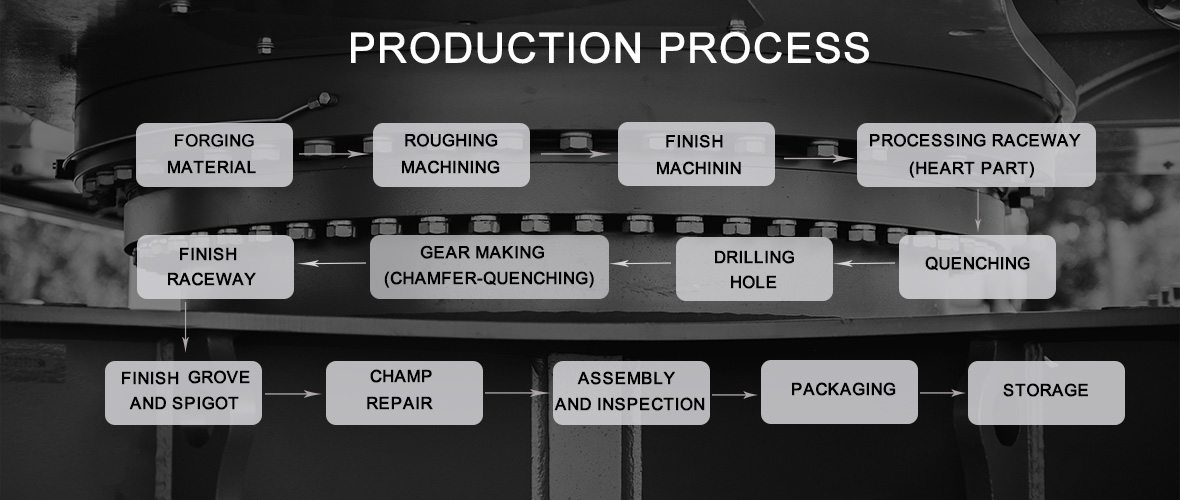Metallic Bearing Materials
Metallic Bearing Materials
Blog Article

Imagine a world where machinery grinds to a halt because of inadequate components. Bearings play a critical role in ensuring the smooth operation of everything from household appliances to industrial machines. The choice of bearing materials directly influences performance, durability, and efficiency. Understanding the various Types of bearing materials can help engineers and manufacturers make informed decisions, ultimately leading to enhanced reliability and reduced maintenance costs.
Metallic Bearing Materials
Metallic materials, including steel and bronze, are the most commonly used in bearing applications. They offer remarkable strength and durability, making them suitable for high-load situations. For instance, chrome steel is prevalent in ball bearings due to its excellent wear resistance and ability to withstand high temperatures. This makes it ideal for automotive applications where performance and longevity are critical.
Another notable material is bronze, often used in bushings and sleeve bearings. Bronze provides good corrosion resistance and is capable of handling heavy loads while maintaining a low coefficient of friction. This characteristic allows bronze bearings to operate smoothly without excessive wear, making them a preferred choice in marine environments.
Polymer Bearings
In contrast to traditional metals, polymer bearings are gaining traction due to their lightweight and self-lubricating properties. Made from materials like PTFE (Polytetrafluoroethylene), these bearings are resistant to chemicals and can operate without the need for additional lubrication. This makes them ideal for applications in food processing and pharmaceuticals, where contamination is a concern.
Moreover, polymer bearings can operate effectively at lower speeds and lighter loads, making them suitable for household appliances and hobbyist projects. Their ease of installation and maintenance-free operation makes them attractive to manufacturers looking to reduce operational complexities.
[IMAGE]
Ceramic Bearings
Ceramic materials are another innovative choice for bearing construction. Comprising materials like silicon nitride, ceramic bearings are known for their ability to withstand extreme conditions. They are lighter than steel and have a higher hardness, which translates to increased wear resistance. This makes them a favorite in high-performance applications such as motorsports and aerospace engineering.
However, ceramic bearings are not without their challenges. Their brittleness means they can be susceptible to cracking under shock loads, which is why they are often used in conjunction with metallic components to enhance overall strength and reliability. The combination of ceramic and metal can yield bearings that maximize performance while minimizing weight.
Hybrid Bearings
As the name suggests, hybrid bearings incorporate both ceramic and metallic materials. Typically, these bearings feature ceramic balls and steel rings. This combination allows for reduced friction, lower operating temperatures, and extended service life. Hybrid bearings are particularly advantageous in electric motors, where efficiency is paramount.
Moreover, the use of hybrid bearings can lead to reduced energy consumption, aligning with modern demands for sustainability and efficiency in engineering practices. They exemplify how advanced material science can address the evolving needs of various industries.
Choosing the Right Bearing Material
When selecting the appropriate bearing material, several factors must be considered, including load capacity, speed, environmental conditions, and cost. Each material type brings its own set of advantages and limitations. For instance, while metallic bearings are robust, they may not perform well in corrosive environments. Conversely, while polymer bearings may excel in low-load applications, they may not withstand harsh operating conditions.
Ultimately, the choice of bearing material can significantly affect the longevity and performance of machinery. Thus, understanding the Types of bearing materials is essential for engineers and manufacturers aiming to optimize their designs and ensure reliability in their products.
Report this page